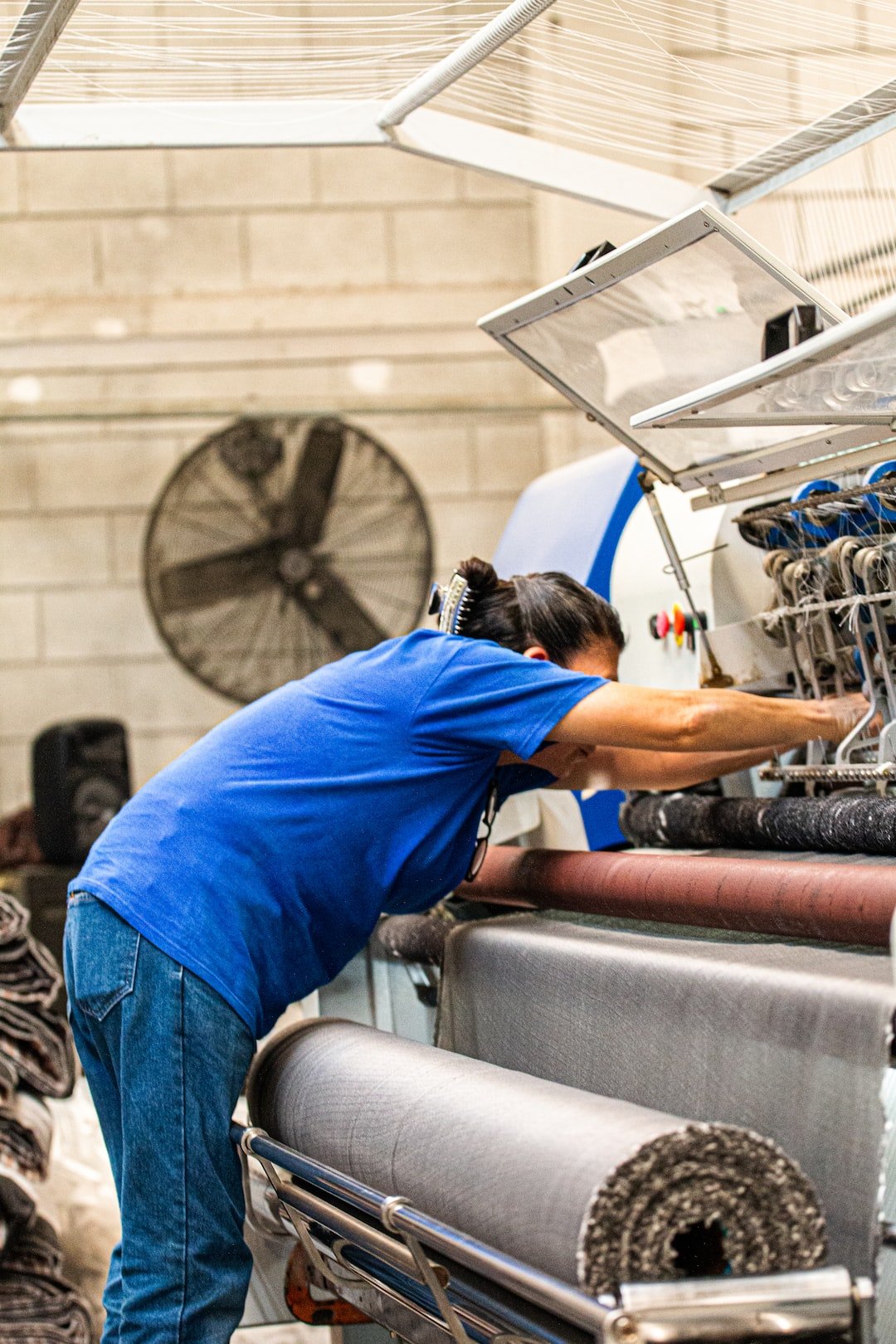The Role of Virtual Reality (VR) in Training Manufacturing Workers
In recent years, virtual reality (VR) technology has made significant advancements and become a promising tool in various industries. One particular sector where VR has shown immense potential is in training manufacturing workers. The use of VR in training programs for manufacturing workers has revolutionized traditional methods and opened up new avenues for skill development.
Manufacturing is a sector that requires workers to have both theoretical knowledge and practical skills. Traditionally, training manufacturing workers has been a challenging task due to the high cost and risk associated with practicing on real equipment. However, with the advent of VR, this has changed dramatically. VR technology provides an immersive and interactive experience that allows workers to practice and learn in a safe and controlled environment.
One of the key benefits of using VR in training manufacturing workers is the ability to simulate real-life scenarios. With VR, workers can practice operating machinery, assembling products, and resolving complex technical issues without the fear of making mistakes or causing any harm. This hands-on experience helps in developing muscle memory, enhancing decision-making skills, and improving overall performance.
Moreover, VR training programs offer a level of convenience and flexibility that traditional training methods lack. Workers can access VR simulations at any time and from any location, eliminating the need for physical presence in a training facility. This enables companies to provide training to a larger number of workers simultaneously and reduces downtime on the production floor. Additionally, VR training is self-paced, allowing workers to repeat exercises and focus on areas where they need improvement without feeling rushed or overwhelmed.
Another significant advantage of VR training is the cost-effectiveness it offers. Setting up a physical training facility with real machinery can be expensive. On the other hand, VR simulations require a one-time investment in hardware and software, and the same virtual environment can be used for multiple training sessions. This saves costs on equipment maintenance, consumables, and facilitator expenses. Additionally, since VR training reduces the chances of accidents and mistakes, it minimizes potential damages and associated costs.
The use of VR in training manufacturing workers also contributes to addressing the skills gap in the industry. The manufacturing sector is facing a shortage of skilled workers, and VR technology can help bridge this gap. It allows companies to attract new talent by showcasing the modern and innovative training methods they employ, ultimately increasing the pool of skilled workers. Furthermore, VR training can significantly reduce the learning curve for new hires, ensuring they quickly become proficient in their roles and contribute effectively to the manufacturing process.
With the integration of VR into training programs, companies can also track and analyze workers’ performance in real-time. VR simulations provide data about workers’ movements, decisions, and response times, enabling companies to identify areas where additional training or support might be required. This data-driven approach to training helps in continuously improving workers’ skills and optimizing manufacturing processes.
While the benefits of VR in training manufacturing workers are undeniable, it is essential to address potential challenges. The cost of implementing VR technology, especially for small and medium-sized enterprises, can be a barrier. However, as VR technology advances and becomes more accessible, the initial investment is likely to decrease, making it more viable for a broader range of manufacturing companies.
Additionally, the use of VR in training programs should not completely replace traditional methods. While VR provides an excellent platform for practical training, theoretical knowledge should still be imparted through traditional channels, such as classroom sessions or e-learning modules. Combining traditional and VR training methods can provide a comprehensive learning experience.
In conclusion, virtual reality technology has transformed the way manufacturing workers are trained. With its ability to simulate real-life scenarios, offer convenience and flexibility, and reduce costs, VR has become an indispensable tool for skill development in the manufacturing sector. The integration of VR in training programs not only enhances workers’ practical skills but also addresses the industry’s skill gap. As VR technology continues to advance, its role in training manufacturing workers will only continue to grow, revolutionizing the sector and ensuring a highly skilled workforce for the future.

